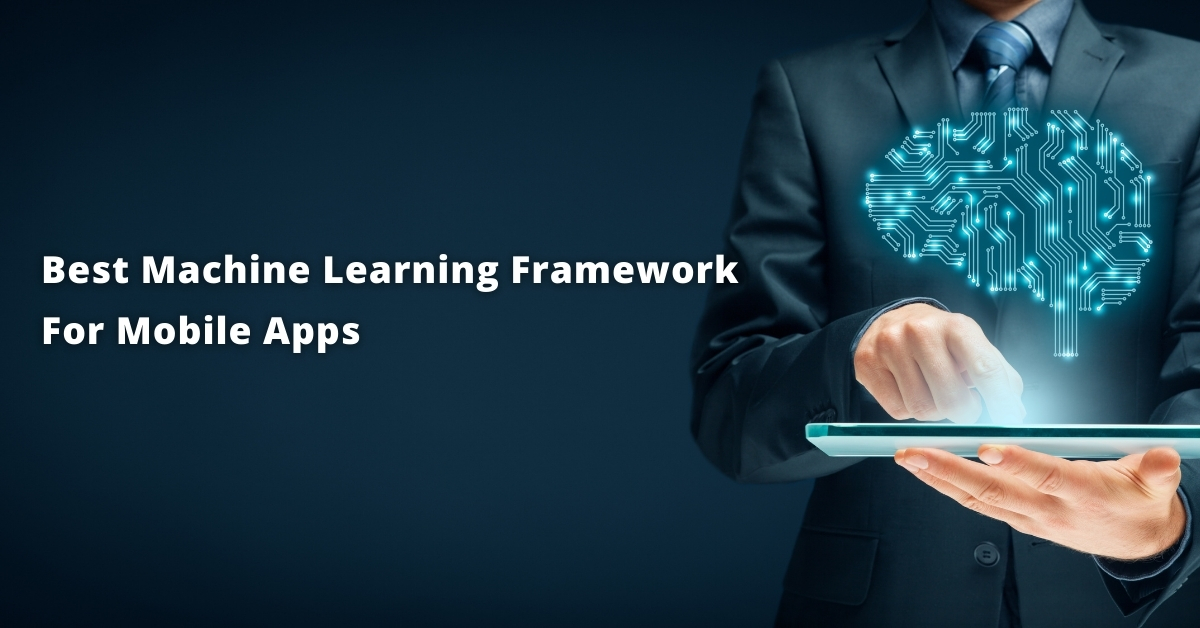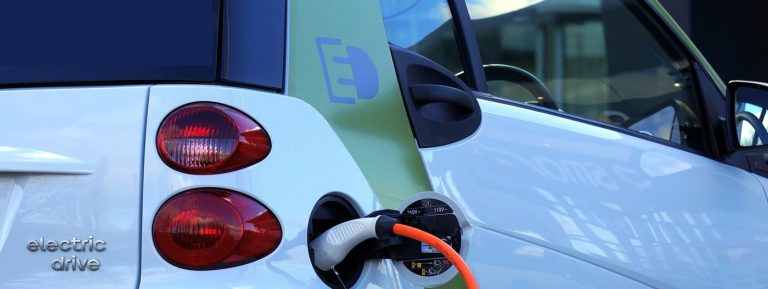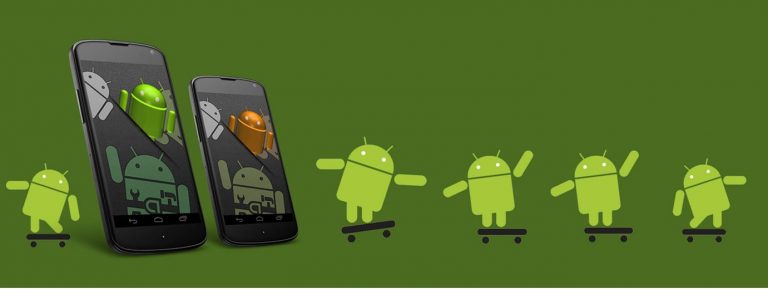Today’s market is brimming with extraordinary mobile apps that are not only fostering intelligence but are creating a personalized experience for users too. The examples are countless, right from The WAZE Traffic Navigation app that feeds you the best route in real-time with help from fellow drivers; to the OVAL MONEY App that creates a money-saving strategy that’s smart and easy for you to follow. Another application is AIPOLY, which can recognize objects in real-time from your phone’s camera.
What’s common in all these examples? They’re all so cutting-edge, they were only seen in Futuristic Sci-Fi Stories. Mobility is now, not limited to the basics; with the amalgamation of Vision Technology & high-performance Mobile Applications; Mobile has become a window to the World. Yes, this evolution of Vision Technology in the mobile realm is slated to offer limitless opportunities to businesses belonging to different fields. Many of the world’s biggest companies are investing money in new computer vision and machine learning tools. Such tools enable developers to integrate machine learning into their mobile applications.
In this blog post, we are going to discuss the most popular ML frameworks and the industries that use mobile vision technology in the development of mobile apps.
Learn more about Mobile Vision APIs here.
According to Grand View Research, the machine vision market is expected to grow to $18.24 billion by 2025 at a CAGR of 7.7%.
ML Frameworks at A Glance
TensorFlow/Keras Model– An open-source machine learning framework from Google. This is a basic purpose ML framework that encompasses a wide range of use cases. This is quite popular for developing and deploying ML models. Keras is a high-level Python API to create build and train Deep Learning models. This library is now part of Tensor Flow after Google’s acquisition. TensorFlow-lite is more suitable library for the mobile platform as it provides tools and frameworks for on-device inferences.
PyTorch from Facebook– It is a Deep Learning library that comes with an advantage to solve complex mathematical problems by leveraging high power GPUs. Being used by Deep Learning researchers as the most preferred library, it is considered an advanced version of the former Python library, “numPy”.
Google Cloud ML/ Cloud Vision– Google Cloud vision framework is an ML offering from Google which specifically deals with Computer Vision or ‘Image Analysis’. In this, there are several features available for image analysis including Text Detection, Face Detection, and Content Moderation, etc.
Firebase ML kit with TensorFlow Lite– It can be treated as a subpart of the Cloud Vision API which is focused on mobile developers. This ML kit provides easy-to-use cloud API’s for image processing tasks like text detection, face detection, bar code scanning, object detection, and logo detection.
AWS suite– It provides outstanding ML features which include image analysis (AWS Rekognition), speech to text (AWS Transcribe), translation (AWS Translate), Chatbot (AWS Lex), Text to Speech (AWS Polly), etc. Among all of them, AWS Rekognition covers a variety of use cases related to image analysis like text and object recognition, face detection and recognition and others.
Industries that use Mobile Vision Technology
Mobile technology is often used in manufacturing for quality and safety purposes. Such software works on mobile devices to analyze camera views in real-time and examines if anything goes off the track.
There are many other industries that leverage vision technology for improving efficiency:
Agriculture – An emerging industry, Agriculture is anticipating many digital transformations to take farming to the next level. Mobile apps, well-equipped with Machine Vision and Machine Learning capabilities can help farmers to identify plants by just taking snaps of them. For example- LeafSnap is an intelligent mobile app that helps users to identify trees. On top of that, there is an app known as CSROPTIX which uses machine vision to diagnose crop diseases.
Warehouse Logistics- Vision-based technology is used for barcode scanning at warehouses. Such scanners can be implemented into wearables or mobile apps to enable optimized processes at the workplace. Barcode scanners can apparently be implemented into wrist bands enabling workers to wear them and stay hands-free (essentially, saving time & effort).
Retail – As retail becomes an increasingly competitive space, retailers have started to embrace technology quickly to succeed and win customers’ hearts. Machine vision can be used in online stores, for e.g. a user can upload a picture of something they want to buy, and the app allows them to recognize that item or search for a similar one, by guiding them to it.
Mobile vision can be used in e-commerce apps for an offline retail experience. One of the hottest trends is incorporating AR (Augmented Reality) to entice customers who are on the lookout for something new and exciting. It helps shoppers to visualize their purchases and make informed buying decisions. Apart from this, a barcode scanner app can allow shoppers to get more information about products as they’re shopping in the store and potentially even complete their purchase without having to wait at a counter.
MarketsandMarkets reports that the global value of AR in the retail market was $411.3 million in 2017, and it’s estimated to reach $7.95 billion by 2023.
Wrapping Up
Applications such as text recognition, augmented reality, barcode scanning, face detection, and face recognition have already begun transforming the world around us. Now, with a strong penetration of Computer Vision and Machine Learning technologies in the Mobility sphere, Mobile apps are no longer limited to any specific industry. Every business use case, be it relevant to e-commerce, healthcare, media or education, can be well-addressed by exceptional mobile products. At KritiKal, we build apps with unparalleled functionalities. We are experts in Pattern Recognition and Matching, Scene Segmentation and Understanding, Machine Learning and Deep Learning, Image De-noising and Reconstruction, Optical Character Recognition and more.
If any of the above industry-specific examples inspired you to launch your mobile-vision-based app idea, we’d love to help you bring it to life. Let’s Talk Mobility, Let’s talk Vision, for the future!



